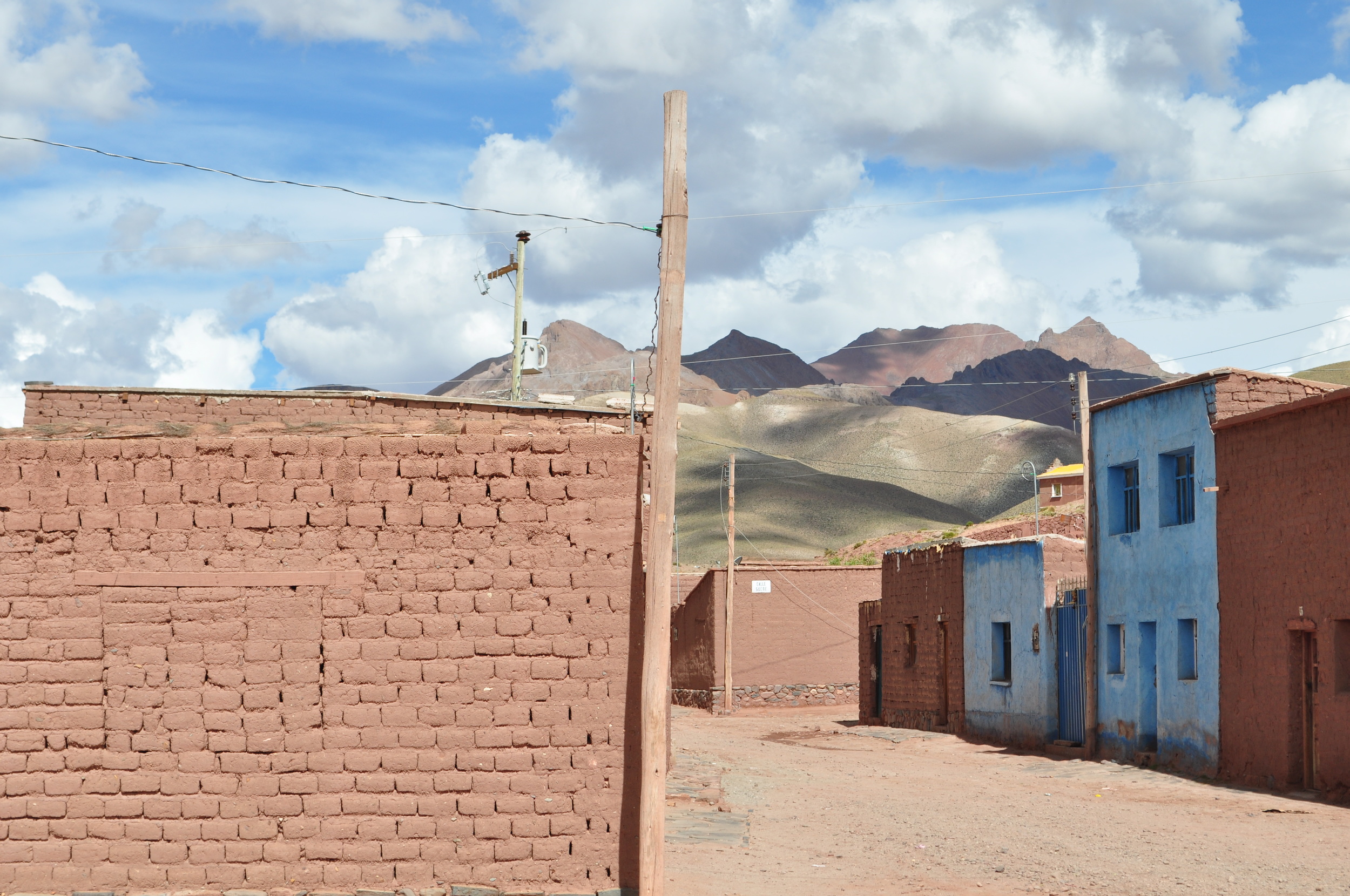inspiration
Good Architecture should respond to and reflect the local environment, thermally, culturally and socially. That said there is a lot to be learnt from other cultures. With the global city that is our current lifestyle, diverse cultural influences are becoming more engrained into our own society and our own way of life. As a keen traveler I like to explore these cultures and allow the positive aspects of diverse societies to influence the way we respond to our own environment. This page is a photo journey into some of these elements.
Laos
Laos is one of my favourite countries to visit. There is a complete change of pace in Laos, things happen, but they happen on Laos time. The only way to enjoy Laos is to sit back and enjoy the ride, don't force it. What I love about this is it makes you stop, acknowledge and appreciate where you are. This is something we so often miss in our busy westernised lives and is an important item to consider when designing. The spaces we create contribute significantly to the way we experience our environment, and the connection of these spaces contribute to the journey. Architecture should be utilising our natural environment to stimulate our senses, awareness and appreciation of this environment so we can sit back and enjoy it.
There is also a great textural layer to the way we experience Laos that puts on display a social lifestyle over a backdrop of simplistic and functional forms. By using local and readily available materials basic needs are met through inventive and common construction practices, but the real beauty lies on the activities that envelope these objects. The same philosophy can be used in our society. Structures exist to house functions and activities, so the more we can utilise those activities to animate our built form the greater diversity we produce and engagement with our community.
Cusco, Peru
As an architect I would typically expect high walls and narrow lanes would create enclosing and uninviting spaces. The old town in Cusco shows how these spaces can provide both active and exciting laneways while simultaneously bringing privacy, security and openness to the houses behind the walls. In such a densely populated town this form of planning creates a great pedestrian orientated environment that climbs the hills around the main square. Detailed textures, surprise openings, hidden markets, small squares and pisco sour create an environment that is not only inviting but intriguing, one that makes me want to just keep exploring, knowing that refuge is just on the other side of the wall.
Boliva
The vastness of the Bolivian landscape is extreme. Travelling through the endless desert the subtleties of the terrain become more evident. The way the rock has been worn away by the wind, limited rain, or the subsurface water springs and geo-thermal activity. This is a harsh landscape filled with complete wonder and beauty.
Living in this environment is, like anywhere, about adaption. The structures are solid, insular and completely reflective of where they are. They need to be made from the earth, protect from the bitter cold and are driven by a history of local knowledge and ingenuity. Our landscape and environment in Queensland may be the complete opposite to Bolivia, and our design may not be simply about survival, but there is a lot to learn about understanding heritage and culture, and how our design is not only driven by environment but reflects it. It is these subtleties in a changing environment, and changing program and client requirements that can reflect a place and respond to specific needs.
Light and Shadow
The way we experience light is fundamental to how we relate to the weather and the seasons. The manipulation of light within architecture is one of the subtle means of creating a stronger connection and understanding of our environment. Whether filtering light through objects, casting shadows, creating silhouettes or contrasts light is integral to architecture. We can take a lot from how light works in nature to re-create certain feelings and comfort within our built environment. Similarly how we use powered lighting also effects our experience of these spaces and has the ability to change our understanding of buildings between night and day.








































